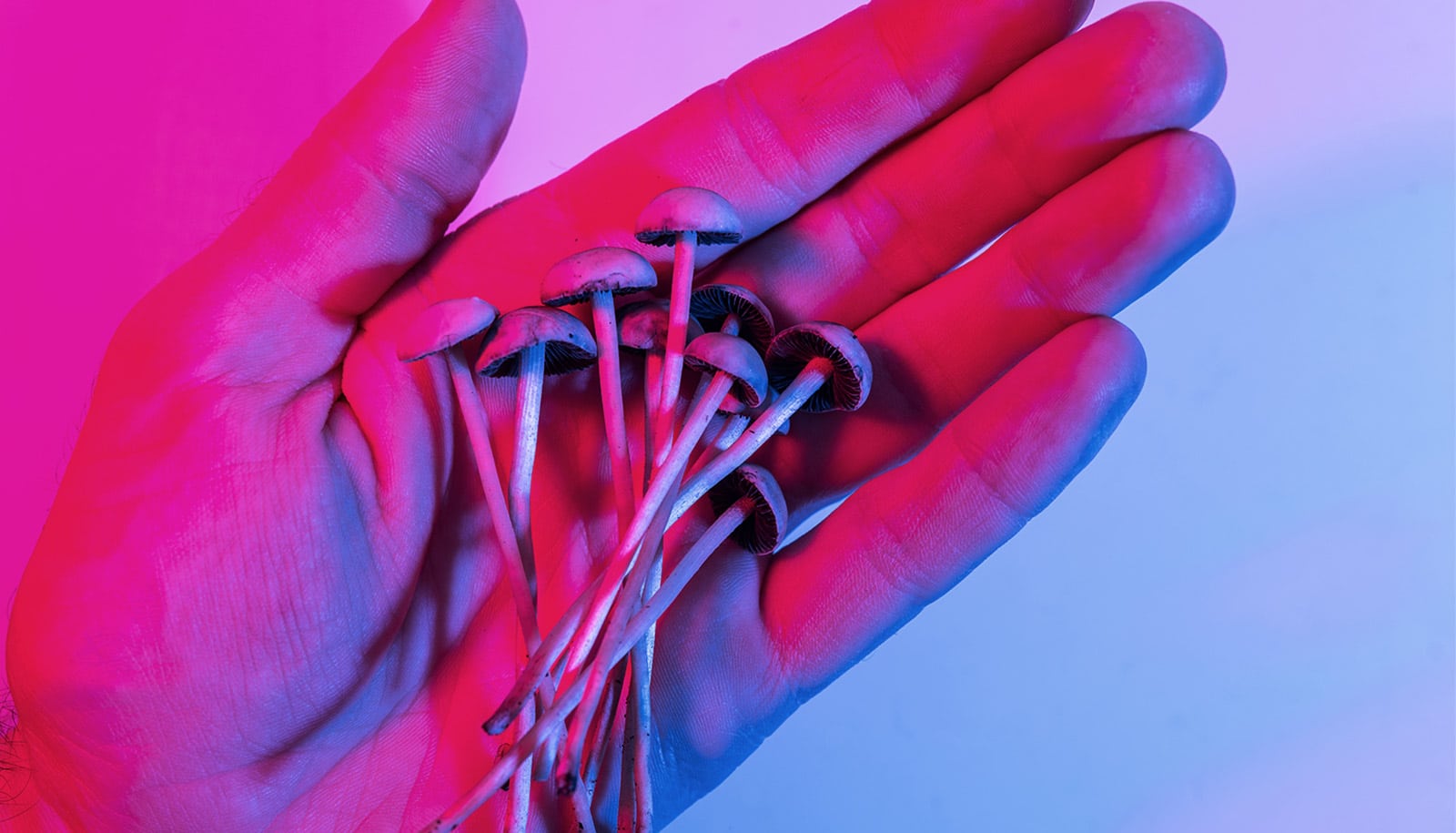Clearing old cells out of joints may help stop and even reverse the progression of osteoarthritis, a study in human cells and mice suggests.
The findings support growing evidence that senescent cells contribute to age-related diseases and demonstrate that using drugs to remove old cells from a joint—like a knee—not only reduces the development of post-traumatic osteoarthritis, but creates an environment for new cartilage to grow and repair joints.
“Combine age-related increases in senescent cells, plus trauma, and it’s a double whammy.”
“What was most striking about the results in human tissue is the fact that removal of senescent cells had a profound effect on tissue from very advanced osteoarthritis patients, suggesting that even patients with advanced disease could benefit,” says Jennifer Elisseeff, director of translational tissue engineering at the Johns Hopkins University Wilmer Eye Institute.
Senescent cells accumulate in tissues as we age and are a normal part of wound healing and injury repair. They secrete signals that call immune cells and other cell types into damaged tissue so it can clean up and rebuild.
Test could find arthritis before your joints hurt
In particular joints such as the knee, however, and in cartilage tissue in particular, these old cells often are not cleared from the area after injury. That causes a cascade of events that starts the development of osteoarthritis.
“Combine age-related increases in senescent cells, plus trauma, and it’s a double whammy,” Elisseeff says.
For the study, published in Nature Medicine, researchers took young mice and performed surgery, mimicking injury to their anterior cruciate ligaments. They then injected an experimental drug named UBX0101, known from recent lab studies to kill senescent cells. The injections occurred 14 days after trauma, when degradation was already starting, and reduced senescent cells by roughly 50 percent. Further, genes associated with cartilage repair become activate after the injections.
There were some differences in the results of similar experiments in older mice. The older rodents had thinner cartilage in the joint and more pain before the experiment.
After treatment with UBX0101, the older mice had reduced pain like their more youthful counterparts, but did not show signs of cartilage regeneration.
Nanoparticles injected into achy joints last for weeks
To gauge the potential for UBX0101 in humans, researchers cultured cartilage cells from patients with clinically severe osteoarthritis, including patients who had undergone knee replacement surgery. After exposure to the drug for four days, the number of senescent cells had fallen dramatically and the tissue began forming new cartilage.
Elisseeff says one limitation of the research so far is the short time that UBX0101 remains in a joint. Unity Biotechnology Inc., which co-developed UBX0101, is working on single-injection formulations.
Other researchers from Johns Hopkins School of Medicine, Unity Biotechnology, the Mayo Clinic College of Medicine, the Buck Institute for Research on Aging, Ulsan National Institute of Science and Technology, and University Medical Center Groningen contributed to the study.
Unity Biotechnology, Johns Hopkins, the National Cancer Institute, the Paul F. Glenn Foundation, and a Fulbright scholarship from the Institute of International Education funded the work.
Elisseeff owns equity in Unity Biotechnology. Johns Hopkins University and Unity Biotechnology own intellectual property related to the research. These arrangements have been reviewed and approved by the university in accordance with its conflict of interest policies.
Source: Johns Hopkins University



